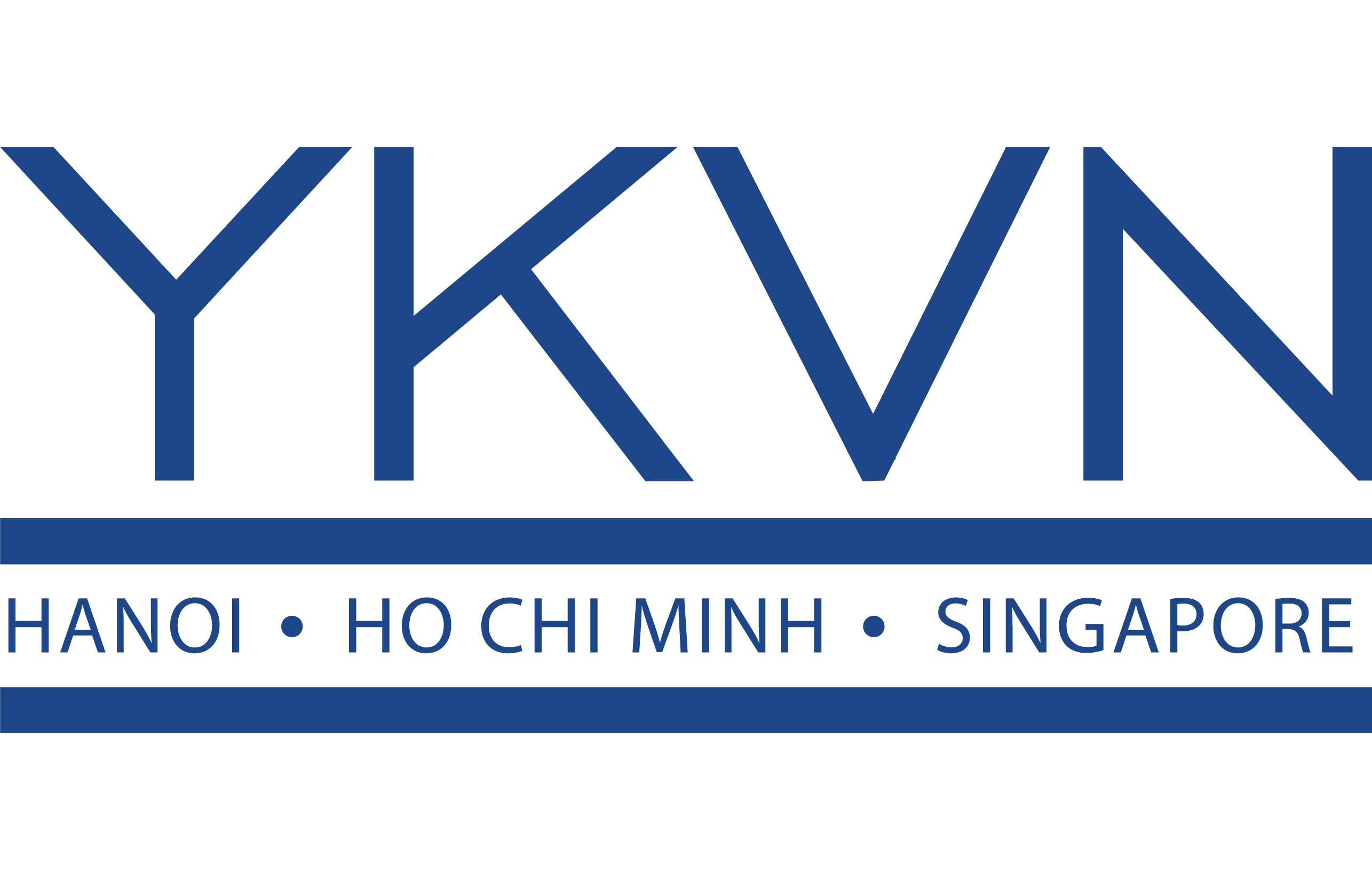Cross-Border Lending in Vietnam: Vietnam Poised to Toughen Foreign Borrowing Regulations

Foreign borrowings (including loans from foreign lenders and bonds issued internationally in foreign currencies) by local businesses are primarily monitored by the State Bank of Vietnam (the “SBV”) under Circular No. 12/2014/TT-NHNN (SBV, March 31, 2014), which took effect on May 15, 2014, as amended in 2017 (“Circular 12”). Currently, medium- and long-term loans (i.e., loans with a tenor of more than 12 months) are required to be registered with the SBV before drawdown. Bonds that have a term of more than 12 months (which is typically the case) also require the SBV approval before issuance. The SBV approval process for a foreign borrowing consists of 2 steps, being (i) confirmation that the foreign borrowing amount falls within the national debt limit (set by the Prime Minister) and (ii) registration of the transaction agreements for such foreign borrowing. Short-term loans are not required to be registered with the SBV although borrowers are required to comply with certain borrowing conditions. Among other conditions, short-term loans cannot be used for medium- and long-term purposes.
The SBV has recently issued a draft circular to replace Circular 12 (“Draft Circular”).[1] The context of the Draft Circular is, as explained in the SBV’s drafting note, the surge in foreign borrowings that could easily exhaust the country’s annual debt limit. By further developing parameters of the approval process, the legislative move aims to better monitor and control foreign borrowings by local businesses so as to enhance the quality of Vietnam’s debt profile. The Draft Circular, in current form, would have a significant structuring impact on foreign debt incurred by local borrowers. In this legal update, we discuss notable aspects of the proposed new regime and our key takeaways.
Caps on Borrowing Cost
Although Circular 12 has always empowered the SBV Governor to decide a cap on borrowing cost as and when needed, this discretion has never been exercised by the Governor. It is therefore practically possible to borrow at high cost in restructuring or VC/PE financing deals when obtaining SBV approval. The Draft Circular applies a more rigorous approach and introduces, for the first time, the following caps on borrowing cost of floating rate borrowings:
- For foreign borrowings in foreign currency: If a reference interest rate (e.g., LIBOR, EURIBOR, SOFR Term Rate, etc.) is adopted, the cap will be the total of such reference interest rate plus 8% per annum.
- For foreign borrowings in Vietnamese Dongs (practically available in very limited circumstances): The cap will be a total of the 10-year government bonds interest rate plus 8% per annum.
The Draft Circular does not provide for any cap on fixed rate foreign borrowings. It is possible that, in practice, the SBV will set caps to fixed rate borrowings analogous to those applicable to floating rate borrowings.
As explained by the SBV, the use of caps on borrowing cost limits foreign borrowings to local borrowers that are essentially creditworthy and therefore eligible to tap foreign capital sources at a reasonable cost. Given this philosophy, it is unlikely that the SBV will entertain a request for a waiver of the caps even in the context of restructuring or VC/PE financing deals.
For background, borrowing cost is defined in the Draft Circular as being the total cost payable by a borrower to its lenders, security providers, insurers, agents and other relevant parties and such cost includes interest, IRRs and other costs and expenses relating to the borrowing, all of which is to be calculated as a percentage per annum of the total borrowing amount. The Draft Circular specifically excludes default interest, commitment fees on undrawn commitments, prepayment costs, hedging costs and withholding taxes. However, the list of exclusions appears exhaustive, i.e., anything not specifically mentioned (by exclusion) is to be included for the purpose of calculating borrowing cost. Under this construct, it is possible that other payment obligations such as indemnities should be included in the calculation of borrowing cost. This is tricky as those obligations are uncapped and, more importantly, cannot be pre-determined. Although one can expect the practice for calculation of borrowing cost to develop over time, it stands to reason that those obligations should be excluded from the calculation of borrowing cost as there is no basis to calculate such obligations unless these are capped.
Requirement on FX Hedging
For the first time, FX hedging is compulsorily imposed as a safeguard against currency fluctuation. The new requirement under the Draft Circular would create additional borrowing cost. Borrowers must procure the following currency hedges with local banks (which are licensed to provide hedge services):
- For short-term foreign borrowings: FX hedges are required for any short-term foreign borrowing with a principal of more than US$500,000 (or equivalent other foreign currency). Such hedges must be in place on or prior to drawdown and cover at least 30% of the principal.
- For medium- and long-term foreign borrowings: FX hedges are required for each repayment of principal greater than US$500,000 (or equivalent other foreign currency). Such hedges must be in place no later than 3 months prior to the relevant repayment date and cover at least 30% of the relevant repayment amount.
Notably, borrowers who are (i) credit institutions and branches of foreign banks, and (ii) those having “sufficient foreign currency incomes” (e.g., exporters) are exempted from the FX hedging requirement.
Requirement on Appointment of Local Security Agent
According to the Draft Circular, when foreign borrowings are secured by collateral assets located in Vietnam, foreign lenders and bondholders must appoint Vietnamese credit institutions (including foreign bank branches) or other Vietnamese entities to act as security agents, unless the secured parties receive assignment (i.e., transfer of ownership) of the collateral assets as full satisfaction and discharge of the secured obligations.
At the moment, the concept of a security agent is not entirely clear under SBV regulations. It is only in the context of a syndicated loan where SBV regulations specifically allow a syndicate member to act as the security agent for and on behalf of the syndicate as a whole. Therefore, in other (non-syndicated) loan financings (e.g., bilateral loans), local banks are hesitant to accept security agent roles absent a clear legal basis. The change is therefore welcome as it, to a certain extent, creates a legal basis for local banks to act as security agents in all secured foreign borrowings.
Additional Requirements on UOPs
Under Circular 12, use of proceeds purposes (“UOPs”) for medium- and long-term foreign borrowings are limited to (i) financing production and investment projects of borrowers or their investee companies (which include acquisition financings for M&A purposes) and (ii) refinancing borrowers’ foreign borrowings at more favorable terms. In addition, borrowers cannot use proceeds of short-term foreign borrowings for medium and long-term use purposes. It remains a grey area whether short-term loans can be used for M&A purposes.
The Draft Circular clarifies UOPs for both short-term foreign borrowings and medium- and long-term foreign borrowings. Generally, a short-term foreign loan must be used to pay short-term liabilities (which are due and payable within 12 months from signing of the transaction agreements). However, the following UOPs are specifically not permitted for short-term foreign loans (i) refinancing onshore debts, (ii) financing securities trading (e.g., margin loans), (iii) financing share acquisitions for M&A purposes, and (iv) financing investment in real estate assets and projects.
Permitted UOPs for medium- or long-term foreign borrowings are (i) financing investment projects of borrowers, (ii) increasing the capital of borrowers for legitimate production or business purposes, provided that the ratio of medium- and long-term debt to equity does not exceed 3:1 and (iii) refinancing foreign debts of borrowers. There are 4 issues of particular note, which we describe below.
First, the Draft Circular, in particular, removes the ability of a borrower to use its medium- and long-term loans to finance investment or production projects in its subsidiaries. This is possible under Circular 12 by way of equity or loan investments into subsidiaries. The SBV has not offered any explanation of this removal and its intent remains unclear. This will hopefully be further clarified by the SBV as, if adopted, this would pose an issue for group structures where funds are raised by parent companies for use by subsidiaries (a position that is common).
Second, for the capital increase purpose, the 3:1 debt to equity ratio is a new requirement. Equity includes charter capital and other equity items, while debt is limited to medium- and long-term financial debt and does not include short-term debt and trade debt.
Third, for the refinancing purpose, the Draft Circular removes the condition that the refinancing terms must be more favorable. Instead, the new foreign borrowing amount must not exceed the outstanding amount of the refinanced borrowing. This is seen as logical given that borrowers practically only refinance at terms more favorable than their existing debt.
Finally, we note that the Ministry of Finance (the “MOF“) is separately working on a draft regulation governing bonds issued by Vietnamese corporates in Vietnam or internationally. For bonds issued internationally in foreign currencies, the draft regulation simply requires that UOPs for those bonds comply with applicable regulations of the markets where bonds are offered. There is no specific restriction applicable to UOPs for those bonds as is currently provided under the draft regulation proposed by the MOF. The SBV should consider the approach taken under this draft regulation to ensure that there is consistency between the two proposed legislative documents.
Takeaways
The Draft Circular illustrates a determined effort by the SBV to tighten criteria applicable to foreign borrowings made by local businesses. During a time of global turmoil, supply chain disruption and default risks (illustrated by failings such as China’s Evergrande), this effort aims to safeguard Vietnam’s foreign debt profile. Although the Draft Circular remains (at time of writing) open to public comment (in order to balance the SBV’s policy objectives with the needs of relevant stakeholders), the SBV is clearly migrating towards a more rigorous foreign borrowings management regime. Whilst the caps on foreign borrowings, requirements on FX hedging, requirements on appointment of local security agent and additional requirements on UOPs create a more robust system, this could all together at the same time stifle international fundraising attempts by local businesses for legitimate commercial activities. Hopefully, any concerns expressed by stakeholders will be taken into account by the SBV when balancing its own legitimate aims.
—
Authors
View the article on Lexology: Click HERE



